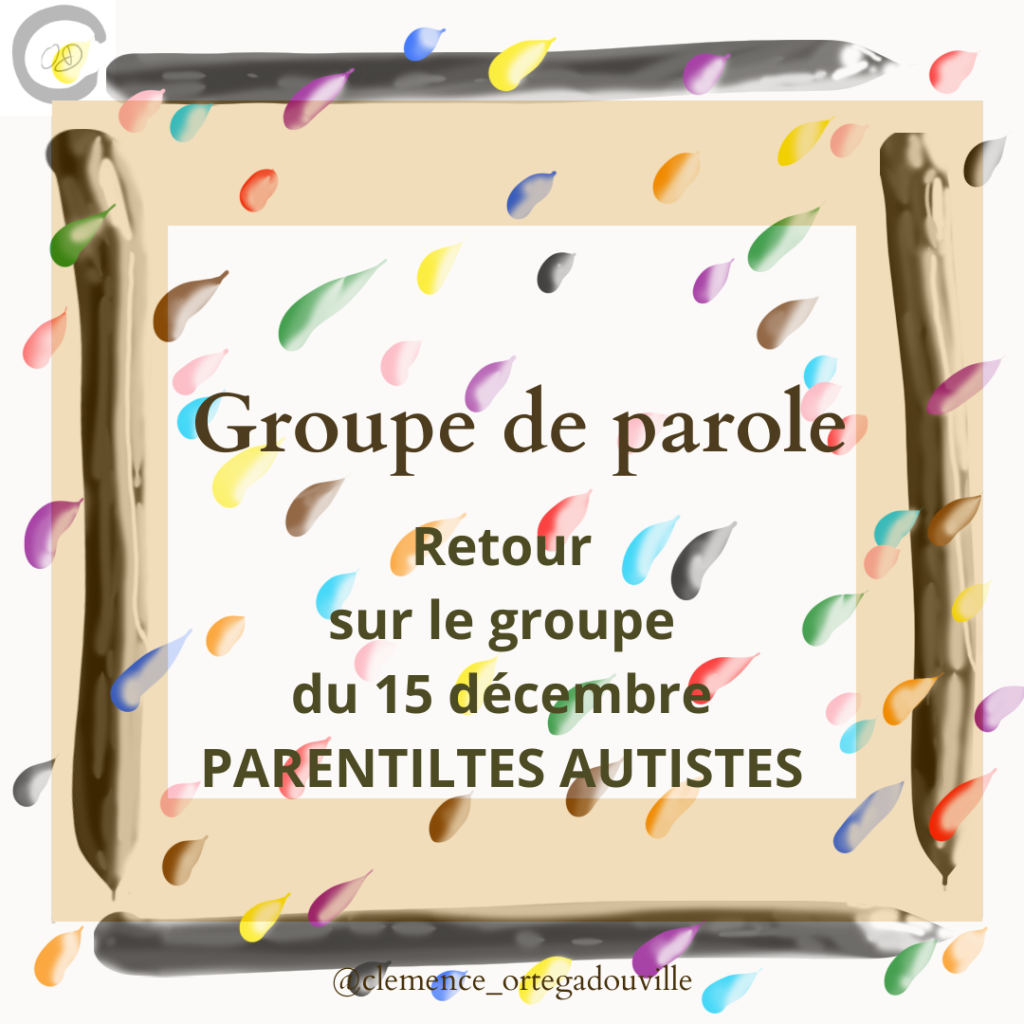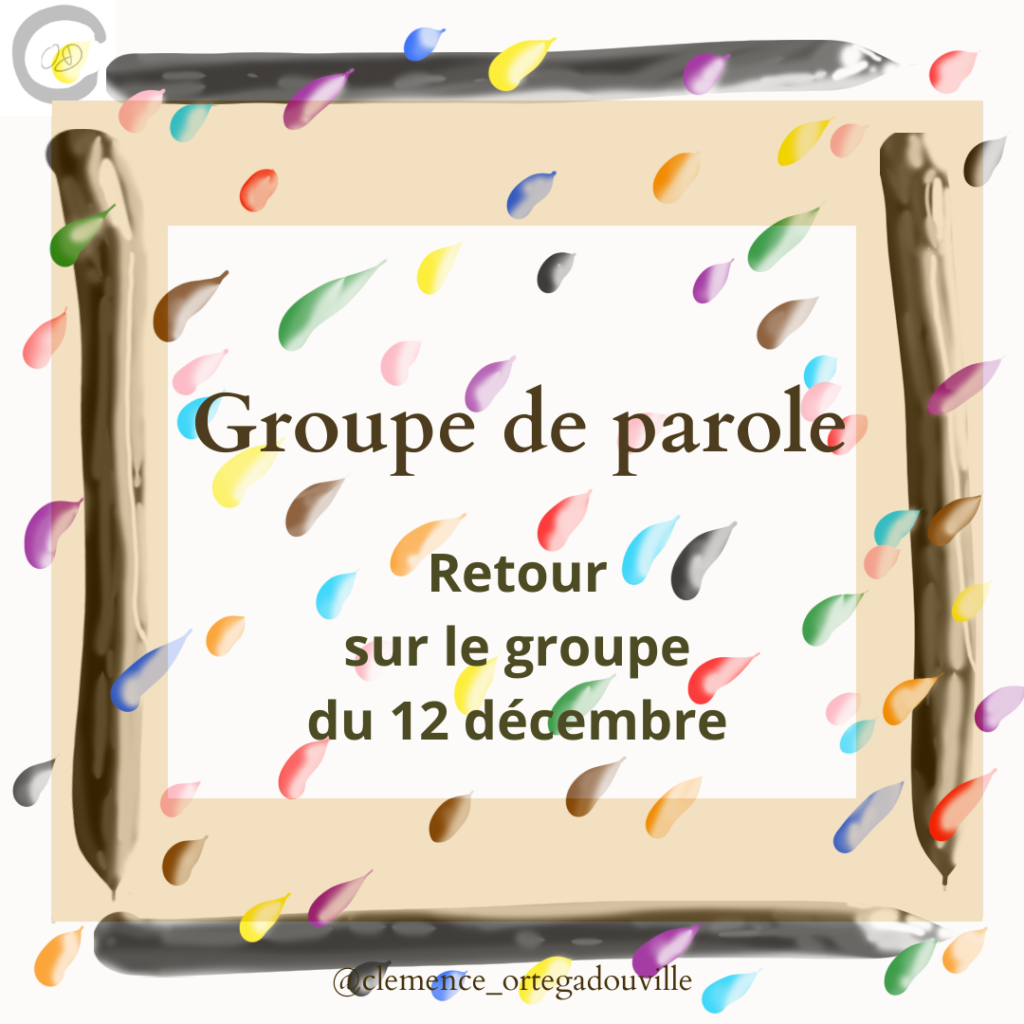Auteur : ninahedgsworth
-

Codage du Stim Autistique (Autistic Stim Coding), et non, ce n’est pas de l’informatique
Chacun de nos gestes quotidien reflète une certaine manière dont notre corps a appris à se comporter au sein de nos contextes de vie sociale et familiale. Ces conduites apprises, d’une certaine manière, « codent » l’expérience que nous avons de nos environnements d’interaction à travers des schémas de comportement répétitifs et prévisibles. Ce caractère de prévisibilité…
-

Offensives anti-trans : comment se protéger (au moins) psychologiquement ?
Nous vivons depuis plusieurs années une véritable offensive anti-trans partout dans le monde, qui va de paire avec une montée des mouvements politiques réactionnaires, d’extrême-droite et fascisants. Les deux constituent un véritable retour de bâton face aux demandes croissantes et légitimes d’une partie croissante de la population pour des modèles de société plus égalitaires. En…
-

Retour sur le groupe du vendredi 15 décembre
Le vendredi 15 décembre 2023 au soir a eu lieu notre premier groupe de parole en non-mixité sur le thème des parentalités autistes, co-organisé avec l’association CLE-Autistes ! Nous étions quatre, au CICP, 21 ter rue Voltaire dans le 11e et en visio. Malheureusement, la cinquième personne n’a pas pu nous rejoindre à cause d’un…
-

Retour sur le groupe du mardi 12 décembre
Ce mardi 12 décembre 2023 soir a eu lieu notre troisième groupe de parole en non-mixité autiste, co-organisé avec l’association CLE-Autistes ! Nous étions trois dans la salle cafétéria du CICP, 21 ter rue Voltaire dans le 11e, et une personne en visio. Cette session était de nouveau sur le thème de la relation au…
-

Retour sur le groupe de parole du 29 novembre
Ce mercredi 29 novembre 2023 matin a eu lieu notre deuxième groupe de parole en non-mixité, co-organisé avec l’association CLE-Autistes ! Nous étions 7 personnes, 3 en présentiel dans la salle de presse du CICP, 21 ter rue Voltaire dans le 11e, et 4 en visio. Nous étions de nouveau réuni-e-s autour de ce thème de…
